- Our Products
- Upper Extremity
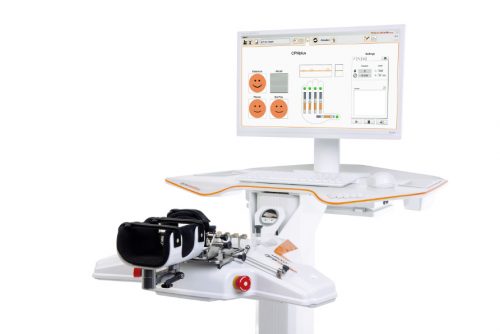 AMADEO The hand therapy world champion
AMADEO The hand therapy world champion
Boredom in finger-hand rehabilitation? Not with AMADEO! Motivation in the course of therapy is just as essential as fingers and hands are for daily life. Regardless of whether it is an adult or child, AMADEO increases therapeutic ambition with sophisticated robotics and a playful approach, and also visualizes the smallest successes in all phases of rehabilitation. Bottom line: AMADEO is simply unique.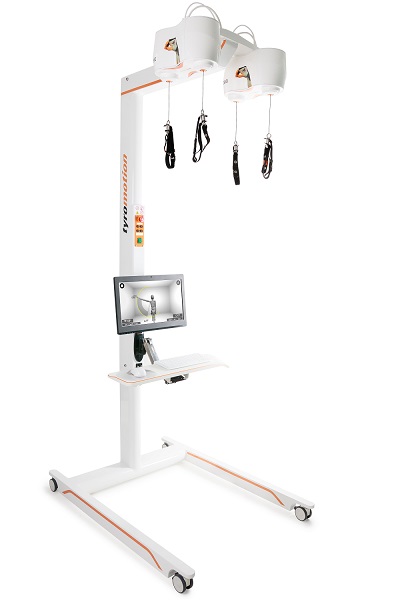 DIEGOBilaterally back to life
DIEGOBilaterally back to life
Finally go fishing again? DIEGO® skilfully assists patients with its unique intelligent weight relief. With its three-dimensional therapeutic area and virtual reality, DIEGO® enables the ideal transfer of what you have learned into everyday life – exactly with the required support. Nothing more and nothing less.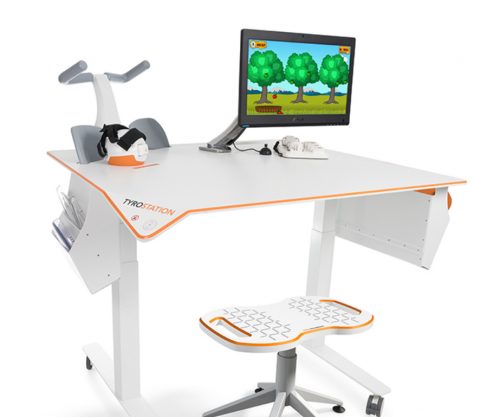 TYROSTATION Endless options, well organized
TYROSTATION Endless options, well organized
Anyone who is as versatile as PABLO® and TYMO® needs structure to really unfold. The Tyrostation is home to all individual components of our two all-rounders and also provides perfect ergonomic adaptability for every patient.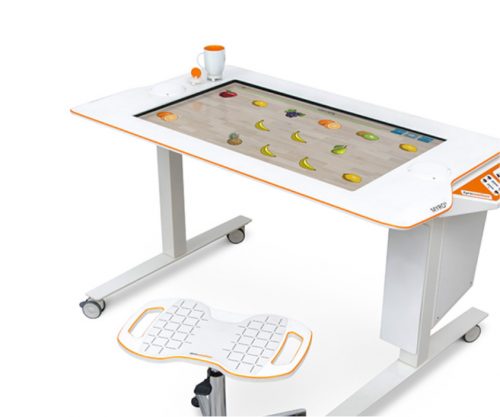 MYRO Full of variety, versatility, innovation and creativity
MYRO Full of variety, versatility, innovation and creativity
Real objects, power control, touch applications and a whole lot of fun: this is what constitutes goal-oriented, intuitive therapy with MYRO. The sensor-based surface is the basis for creative therapy which brings about meaning and self-determination in daily life.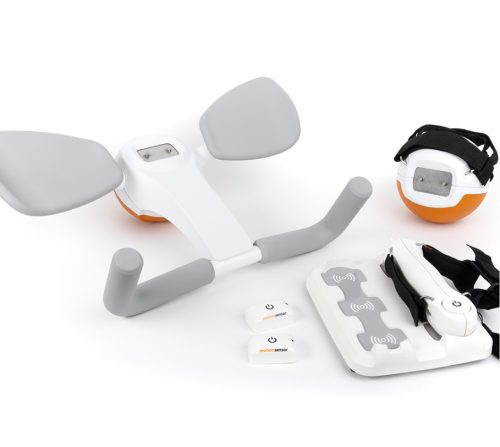 PABLO As versatile as life
PABLO As versatile as life
PABLO® is an all-rounder when it comes to activities of daily living. Position sensors and numerous accessories open up incredibly versatile therapeutic options in a safe environment for patients of all impairment levels.
- Lower Extremity
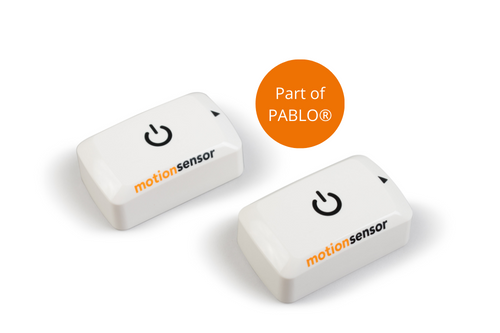 PABLO Lower ExtremityPart of PABLO®
PABLO Lower ExtremityPart of PABLO®
Always know where therapy is going
PABLO® Lower Extremity, our gait analysis and training system, precisely measures the parameters which are required for the selection of the most effective therapeutic measures for gait improvement. Simple and location-independent application as well as size-independent measurement makes the package complete – small device, great effect!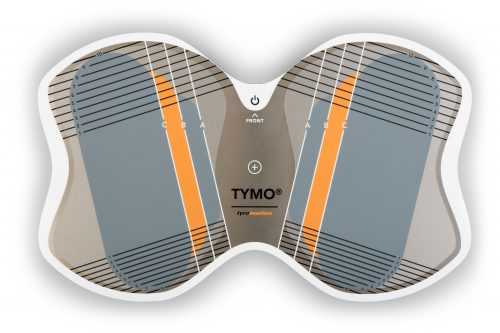 TYMO Balance in perfection
TYMO Balance in perfection
TYMO, a portable posturography system and the world’s thinnest balance platform. Flexible in application, TYMO trains postural control in a sensitive, specific and meaningful manner, and is therefore the basis of all movements. Motivation and fun are included.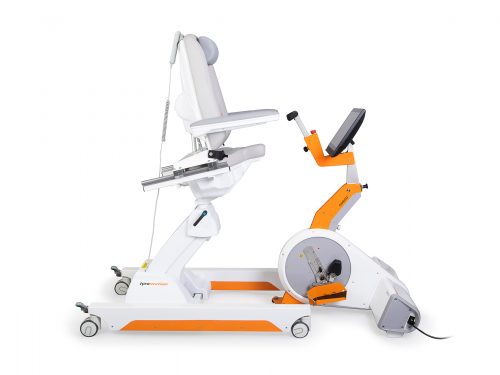 OMEGO Plus Therapy for all phases of gait rehabilitation gone motivational
OMEGO Plus Therapy for all phases of gait rehabilitation gone motivational
Two separate drives mobilize the patient in an effortless, isolated and focussed manner, and therefore make OMEGO® the long-desired stopgap between mobilization and locomotion. What else remains for patient and therapist to do? Train in a motivated manner, have fun and achieve goals. LEXOGait training at its best
LEXOGait training at its best
Maximum number of steps and intensity, low in height, easy handling and fast setup time: Impossible? It works! With LEXO® patients take the first impressive steps back to mobility and enjoy the feeling that things are finally getting better again.
- MTT-Line
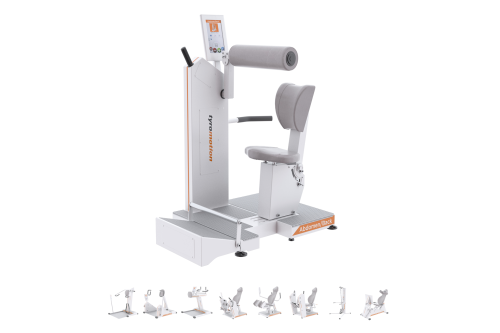 MTT-Line Medical training therapy
MTT-Line Medical training therapy
The barrier-free MTT-LINE specifically strengthens the six major muscle groups of the human body.
- Software
 TyroS The heart of our technology
TyroS The heart of our technology
Our TyroS software – developed by and together with therapists – is the heart of our technology that combines devices, know-how and therapeutic games. It is a sophisticated therapeutic system that helps challenge and encourage patients.
- Upper Extremity
Health
Self-efficacy following a stroke – Having confidence in your actions improves quality of life after a stroke
10. January 2023 ● 5 min. Reading time

Scientific studies on self-efficacy after a stroke
Patients with more self-confidence make much more progress during rehabilitation than those with low self-confidence. They approach the changes in their circumstances with a positive and calm mindset.
In addition to physical progress, there are potential beneficial effects on the patient’s mental health and quality of life.
In many cases, strokes are the result of high blood pressure. Good self-efficacy can lower blood pressure, even after a stroke has already happened.
How does self-confidence suffer after a stroke?
Daily life can be a challenge for stroke survivors. Even the simplest everyday tasks, such as getting washed and dressed, can be problematic or impossible due to paralysis. Trying without succeeding can lead to a lack of self-confidence over time.
Also, the other way around is possible: Patients may succeed with certain tasks, but still lack a sense of self-confidence. For example, a patient manages to walk several meters using a cane, but still thinks he or she is not quite ready yet to walk alone.
Both situations are an example of limited self-efficacy. Several studies have shown that certain measures can help to regain confidence after a stroke.
Setting goals to increase self-efficacy
“Only those who know the destination will find their way.” – Laozi
Goals help us to create a clear and positive idea of the future. They help us to determine what is needed in order to achieve what we desire. Having a clear plan in your mind can make it easier to handle difficulties on the path towards that goal.
It is important to keep your goals realistic when you want to improve self-confidence. Discuss with your therapist what the next realistic goal might look like. The goal should be very precisely defined and may only contain some aspects of a bigger task.
|
Example of a goal after a stroke: Main goal
Subgoals
|
The more realistic the goal, the higher the chance of achieving it. Every goal you achieve will improve your self-confidence. Talk to your family members and therapists about specific and realistic goals to make your daily life more independent.
Feedback after a stroke
To improve self-confidence, you must determine your actions and make decisions yourself. It may well be that your family or caregiver is worried and happy to take care of tasks and issues for you.
Start step by step to attempt tasks for yourself. Ask “What part of it can I do?”. Still, ask for help if needed. It may seem difficult or impossible at first, but our brains and bodies have the advantage of neuroplasticity. No matter our age, we can always learn something new and change our neural pathways. Every goal you achieve will give you courage.
For family members and caregivers of patients with stroke – it is important to provide positive and honest feedback to the patient. Encouraging feedback can have a positive impact on rehabilitation and can improve self-efficacy.
Acknowledge and praise the patient when their actions are successful. Support and encourage the patient to complete tasks themselves, even if that takes longer.
Patients can sometimes overlook progress in the form of “small wins”. Actively point out such progress and celebrate success together!
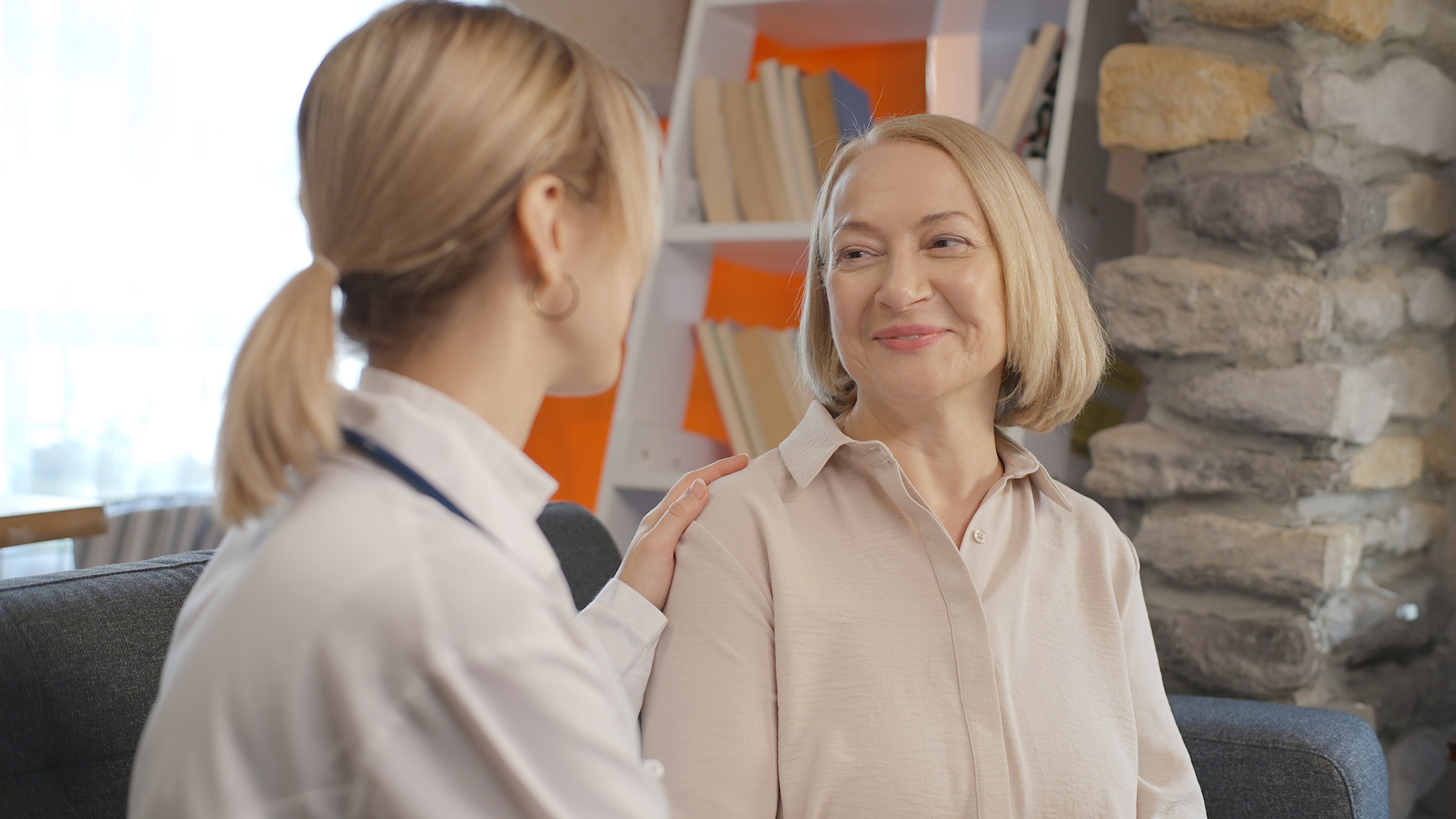
Exchange and observation during rehabilitation
Every patient develops their own solution strategies for everyday challenges. Patients can exchange ideas, motivate each other and work towards goals together. Simply observing other patients with similar symptoms can help you find answers during your rehabilitation.
Therapists must deliberately select group size and the group members’ capabilities when arranging group therapy. Ideally, they are small groups of patients with comparable limitations.
Personal attitude in rehabilitation
Symptoms such as despondence, lack of motivation, loneliness, or depression are common long-term effects of a stroke. They may affect the patient’s attitude towards the condition and rehabilitation. A positive attitude can reduce physical and mental symptoms and make treatment more effective.
When having difficulties with motivation or finding the energy to do things, talking to your doctor, therapist or family members can be helpful. Sometimes, even just voicing the difficulties is beneficial.
Self-management programs following a stroke
The goal of self-management programs is to support patients in finding solutions for mastering everyday life challenges as independently as possible. Thus, these programs can boost the self-confidence of the patients. Therapists in both inpatient and outpatient settings can utilize self-management program techniques.
A core element of self-management programs is educating the patient concerning their condition and options for rehabilitation. Therapists enable self-help, and only provide enough support to allow the patient to find his or her own solutions.
Author: Hannes Aftenberger
Sources:
Positive Health Beliefs and Blood Pressure Reduction in the DESERVE Study, 2020
Self management programmes for quality of life in people with stroke, 2016
Self-efficacy and its influence on recovery of patients with stroke: a systematic review, 2011
Nedbal, A. (2011). Selbstmanagement nach Schlaganfall—Stark für den Alltag. physiopraxis, 2011; 9(4): 24-26.
You might also be interested in
4. April 2023
Health
Rehabilitation
Stroke nutrition guidelines for optimal health
Nutrition as the key part in health and well-being of stroke survivors A healthy, balanced …
21. March 2023
Rehabilitation
Kinesio taping in neurology as a useful therapy supplement
The Kinesio tape and its usefulness in neurological therapy What was originally known only from …
7. March 2023
Rehabilitation
Exercises against freezing of gait in Parkinson’s disease
When the legs freeze – how does the symptom “Freezing of Gait” manifest itself? Parkinson’s …








